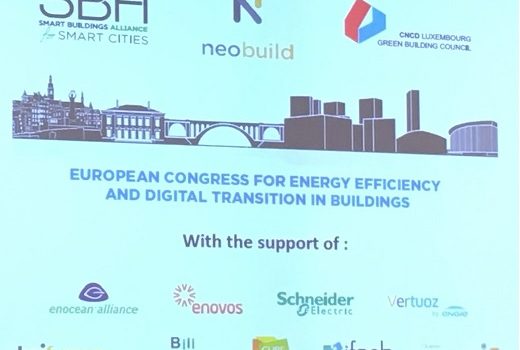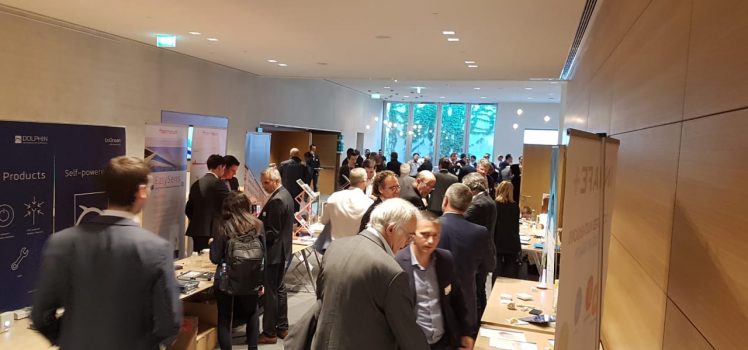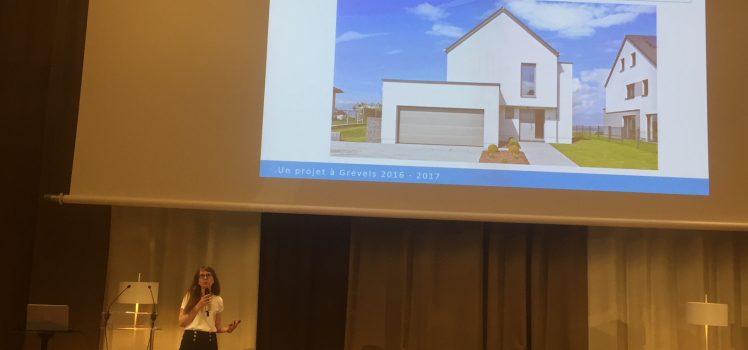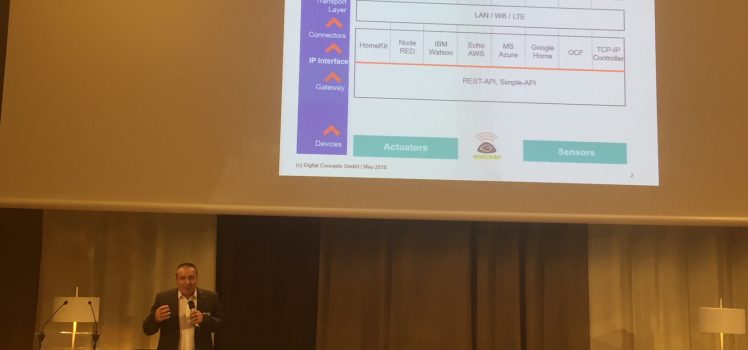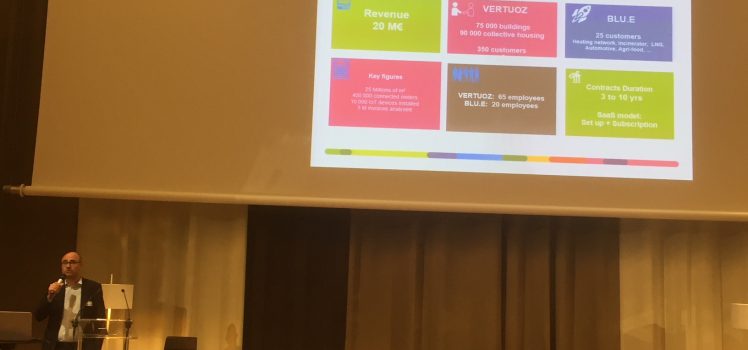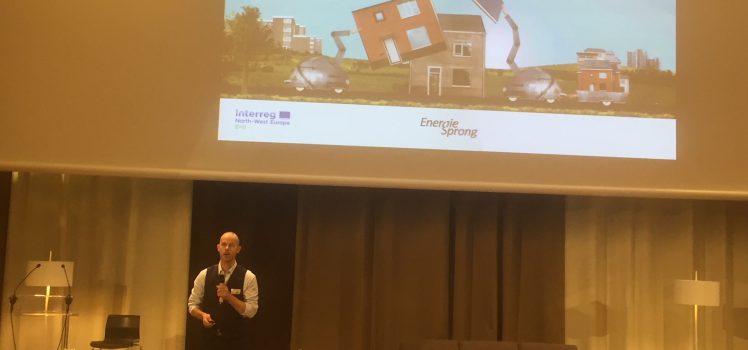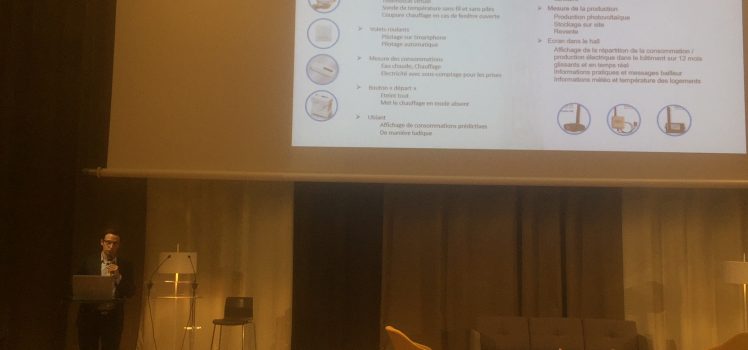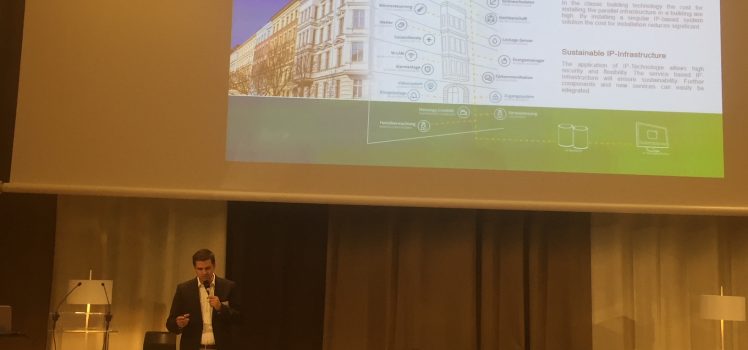Energy Efficiency drives Digitalization in Buildings – and Vice Versa
On May 17, the 1st European Conference on Energy Efficiency and Building Digital Transition took place in Luxembourg. Here, building industry experts and government representatives discussed with more than 200 attendees the possibilities of digitalization in buildings. It emerged that this is the great opportunity and absolute necessity for energy savings at a large scale.
In the event’s speeches and roundtables, it turned out that all the solutions needed for digitalization are already there and even already approved according to European standards. Digitalization is imperative to realize any energy efficiency project and takes into account major principles for a successful roll-out: interoperability, open data and independency of the different solution levels (equipment, network infrastructure and applications). These principles have been formulated in the Ready2Services (R2S) framework as a potential standard for a “digital building”.
Energy efficiency at a large scale
The principles are a building’s digital fundamentals and its core prerequisite, a sign of confidence to users and investors. It breaks down traditional building silos by pooling equipment, infrastructure and applications for multiple services. In addition, to meet the environmental challenges of greenhouse gas emissions, it is required by law to deploy energy efficiency solutions at a large scale in 5 to 10 years in all buildings in Europe. Energy efficiency represents a unique opportunity to bring digital technology to all buildings as they alone account for 45% of global energy consumption.
New challenges and opportunities
Energy-efficient renovation of buildings throughout Europe has a new dimension and requires a move to prefabrication and industrialization. The building industry must evolve rapidly to support this change and adopt technologies that are highly flexible, easy-to-deploy and require lowest maintenance effort. At the same time, it is a chance to establish innovative financial solutions based on energy savings, combined with other services such as assisted living, optimized space usage, building management, management of electric mobility etc … at marginal costs.
The principles mentioned above together with energy efficiency measures and additional services provide the conditions for a mass deployment of digital technology. As fundamental characteristics of any connected and communicating building – smart building – it perfectly fits to the European initiative for a building performance indicator.
Wireless and batteryless
Finally, the discussions at the event have also highlighted the maturity and legitimacy of wireless solutions for an easy and fast installation in buildings, including prefabrication, providing the flexibility to carry out multiple services and to meet changing demands for space usage.
Besides interoperability and openness, I think battery-free operation also appears as a decisive factor for intelligent buildings. Studies predict that by 2020 there will be more than 25 billions of connected objects in buildings, at least 50 in each residential home. It is just unimaginable that all of this equipment is powered by batteries. It is not sustainable. The massive deployment of energy efficiency solutions should not cause a collateral problem: the change and disposal of billions of batteries.
This is something we also have to reflect when talking about digitalization.

